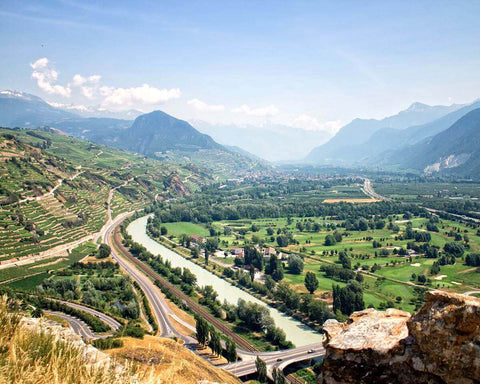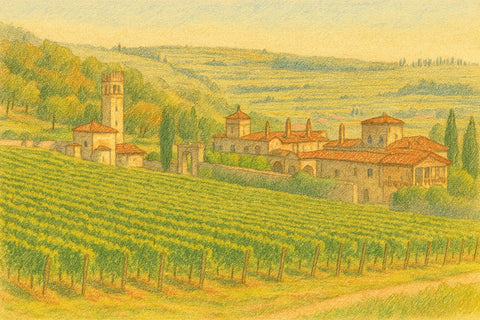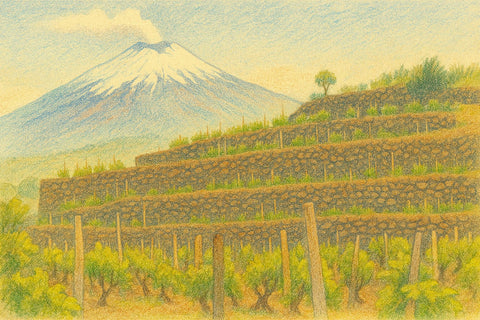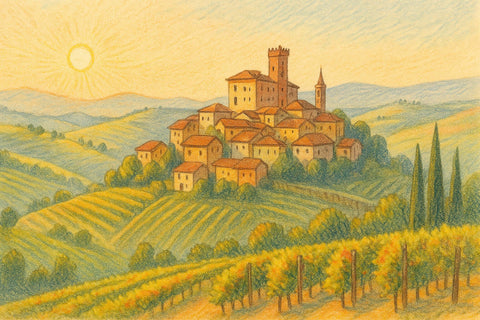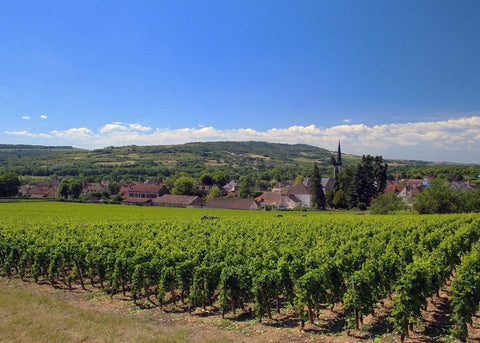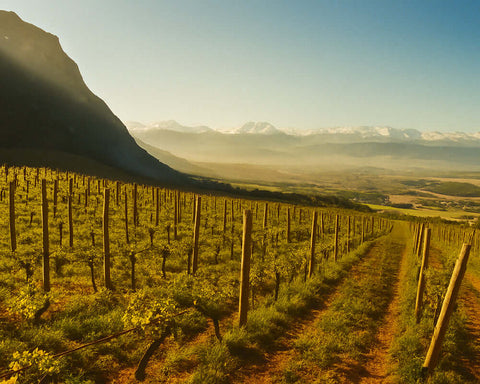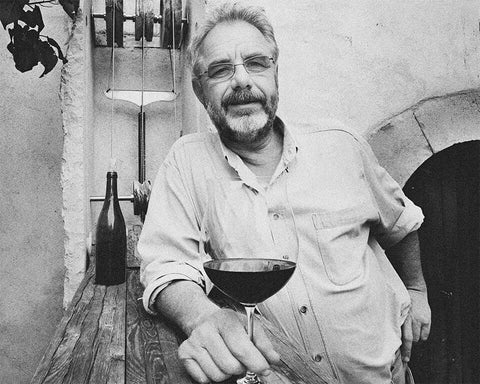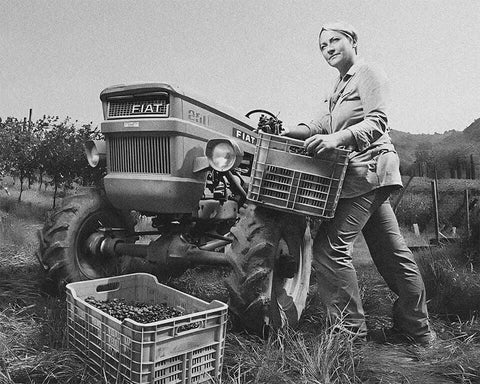Charcuterie is heritage you can taste—salt, time, and craft distilled into unforgettable bites. With the right mix of cured hams, rustic sausages, and silky spreads—and bright, food-friendly wines—you’ll turn casual grazing into a memorable experience. Use this guide to build balanced boards, pair confidently, and celebrate regions and traditions at your table, any season, any occasion, with friends and family.
What Is Charcuterie?
Charcuterie is more than preserved meat—it’s a culinary craft shaped by region, climate, and time. From dry-cured hams to fermented sausages and pâtés, cured meats balance salt, fat, and controlled aging to develop complex flavor. Today, charcuterie ranges from rustic picnics to Michelin-starred tasting menus and pairs beautifully with artisan wine. Explore bottles that complement cured meats in our best-sellers.
History of Charcuterie
The preservation of meat is as old as civilization. Before refrigeration, communities relied on salting, drying, smoking, and fermenting to carry them through winters and travel.
- Ancient Mesopotamia & Egypt: Salt-drying under the sun; methods recorded and later refined by Greeks and Romans.
- Ancient Rome: Sophisticated salting and drying in dedicated salsamentaria; soldiers traveled with botulus (early sausage).
- Middle Ages: Guilds specialized in cured meats; France, Italy, and Spain developed regional curing styles.
- Renaissance onward: Global spices (pepper, paprika) reshaped recipes; technique evolved from necessity to gastronomic art.
Charcuterie became a PDO/PGI world of protected origins, where terroir and technique define authenticity—much like wine. Learn why many wine lovers prefer organic wine, biodynamic wine, and low-sulfites wine with cured meats.
French Charcuterie
Jambon de Bayonne (PGI)
Dry-cured in the Adour basin with local mineral-rich salt; aged 7–12 months. Expect delicate sweetness, gentle nuttiness, and a firm, silky texture shaped by Atlantic breezes and Pyrenean air.
Wine pairings: Jurançon Sec, Chablis, dry Provençal rosé, or a light Pinot Noir/Gamay. Browse food-friendly bottles in our editor-curated collection.
Saucisson Sec
Coarsely ground pork (≈70/30 lean-to-fat), fermented, and air-dried 3–8 weeks. Regional variants add garlic, wine, nuts, or herbs; noble white mold protects and perfumes the casing.
Wine pairings: Beaujolais, Côtes du Rhône, Sancerre Rouge, Crémant/Champagne Brut, or dry rosé. See versatile options in our best-sellers.
Rillettes; Pâté & Terrine
Slow-cooked shredded pork/duck preserved in fat (rillettes), and finely textured pâtés/terrines of liver, pork, or game. Serve cool with cornichons and mustard.
Wine pairings: Loire Chenin Blanc, Viognier, Sauternes, or mature Riesling. Discover bright, aromatic whites in our featured bottles.
Italian Salumi
Prosciutto di Parma (PDO)
Sea-salted ham aged 12–36 months in Apennine breezes; elegant, lightly sweet, and nutty. The sugnatura fat seal preserves moisture while flavor concentrates.
Wine pairings: Lambrusco, Prosecco, Verdicchio/Pinot Grigio, or Chianti Classico. Find fresh, low-intervention pairings in our best-sellers.
Culatello di Zibello (PDO)
The “king” of salumi from the foggy Po valley: the boned heart of the ham, salted, tied, and aged 18–36 months in humid cellars. Intensely savory, silky, and umami-rich.
Wine pairings: Lambrusco di Sorbara, Malvasia Secco, Barbera, or Champagne Extra Brut.
Speck Alto Adige (PGI)
Lightly smoked, dry-cured ham seasoned with juniper and herbs; slow cold-smoking and Alpine aging yield a savory, aromatic profile between prosciutto and Black Forest ham.
Wine pairings: Schiava (Vernatsch), Pinot Grigio/Sylvaner, Lagrein, or Trentodoc/Franciacorta Brut.
Finocchiona & Mortadella
Finocchiona (Tuscany) is fennel-scented, softly textured salami; Mortadella (Bologna) is silky, pistachio-studded and gently spiced.
Wine pairings: Chianti Classico/Brunello for Finocchiona; chilled Lambrusco or unoaked Chardonnay with Mortadella.
Spanish Charcutería
Jamón Serrano & Jamón Ibérico
Serrano (white pigs, 12–18 months) is savory and robust; Ibérico (including acorn-fed bellota, up to 48 months) is profoundly nutty and buttery.
Wine pairings: Rioja Crianza/Gran Reserva, aged Sherry (Amontillado/Oloroso), or Albariño.
Chorizo & Lomo Embuchado
Chorizo layers smoked paprika (pimentón), garlic, and pork; Lomo (cured loin) is leaner yet intensely flavored.
Wine pairings: Tempranillo, Mencía, Garnacha, or Monastrell.
How to Build a Charcuterie Board
- Mix styles: One cured ham (prosciutto or jamón), one firm sausage (saucisson sec or chorizo), and one spread (rillettes or pâté/terrine).
- Add cheese: Soft (Brie) + hard (Manchego/Parmigiano) for texture contrast.
- Bread & crackers: Baguette, grissini, or rustic crackers.
- Condiments: Dijon/whole-grain mustard, fig jam, honey, olives, pickles.
- Wine: Dry Champagne works universally; for reds, choose light- to medium-bodied styles with bright acidity. Shop food-friendly, low-intervention picks in our best-sellers and learn about vegan wine and low-sulfites wine for dietary needs.


